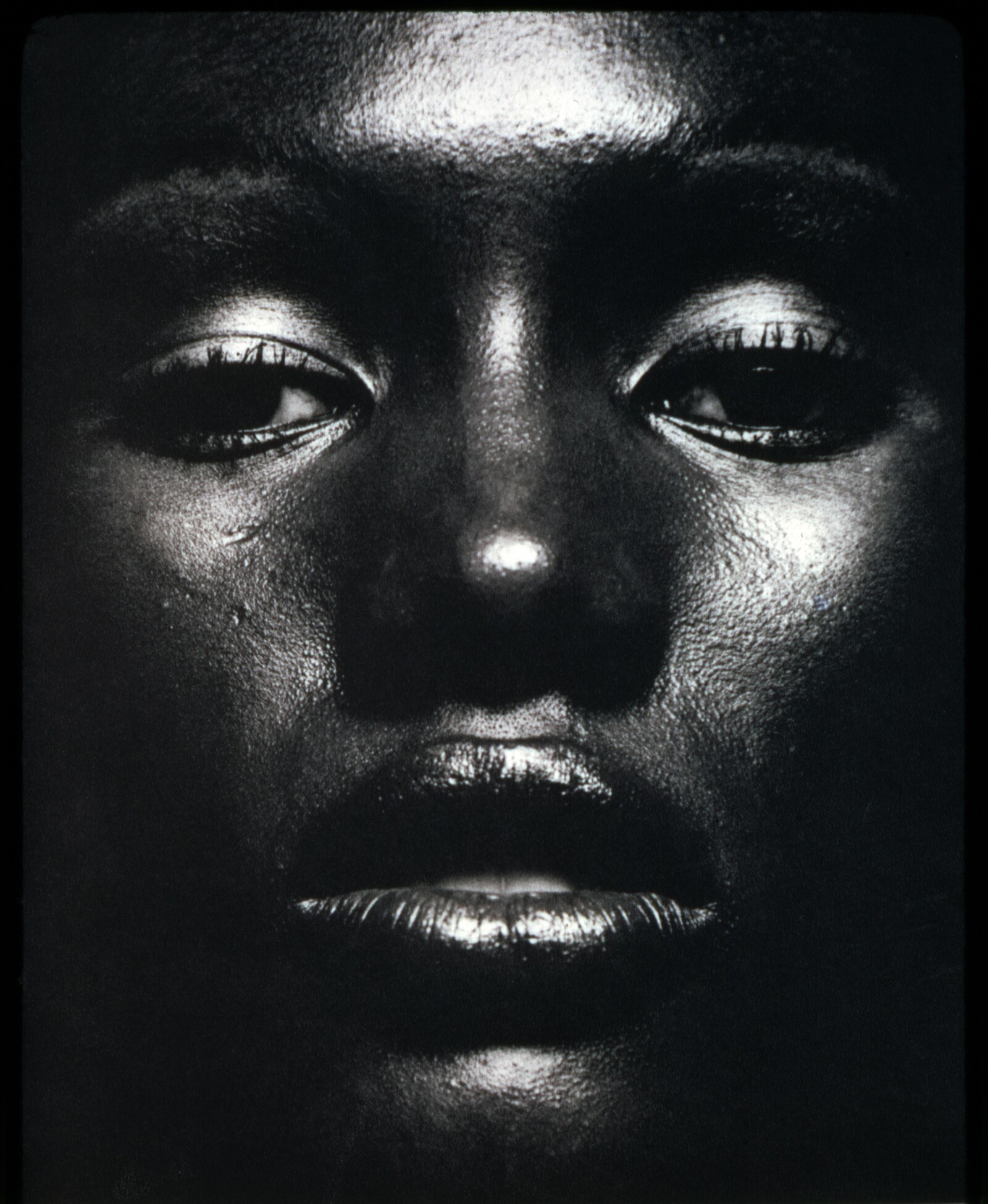Grace Before Jones: Camera, Disco, Studio
September 26, 2020–January 3, 2021
Weekday Cross
Nottingham NG1 2GB
United Kingdom
T +44 115 948 9750
info@nottinghamcontemporary.org
Grace Before Jones: Camera, Disco, Studio
A cross between fan-fiction, study and biography, Grace Before Jones: Camera, Disco, Studio explores the life, work and collaborations of the performer and icon Grace Jones. From disco queen to dub cyborg; Jamaican to French; runway model to nightclub performer; black to white; feminine to masculine; Grace Jones embodies a spectrum positions at once, both exemplifying and complicating theories of gender, sexuality, performance, race and cybernetics—discourses that flourished in parallel to her career.
Bringing together more than 100 works by some 50 artists, the exhibition presents a multifaceted portrait through artworks, archival materials, film, fashion, design and music. Travelling through time, it offers both a historical background to and contemporary perspective on Grace Jones. Her wide-ranging collaborations sit alongside more recent works from contemporary artists, tracing Grace Jones’ expansive influence and legacy.
Unfolding across two galleries, the exhibition is in two parts. The first, “Right Light,” presents the iconic singer’s rise to fame and the behind-the-scenes construction of her image-making and music. The second, “Night Sight,” looks at her in the spotlight as performer and icon. A series of subchapters explore the multiplicity of Grace Jones’ identity and reflects her wide-ranging influence across design, music and fashion.
Artists include: ACT UP, Derrick Adams, Terry Adkins, Aerographics (Richie Williamson & Dean Janoff), Azzedine Alaïa, El Anatsui, Anthony Barboza, Jean-Michel Basquiat, Richard Bernstein, Alexandra Bircken, The Black Beauty Agency (Betty Forray and Dee Gipson), Paul Bryan, Kim Coleman, Eldzier Cortor, Hans Feurer, Alan Fierstein, Nikita Gale, Ron Galella, Lynn Goldsmith, Jean-Paul Goude, Keith Haring, George Henry Longly, Peter Hujar, Timothy Hursley, Patrick Kelly, William Klein, Tseng Kwong Chi, Timothy Leary with Retinalogic and Genesis P-Orridge, Antonio Lopez, Robert Mapplethorpe, Catherine McGann, Meryl Meisler, Philippe Morillon, Kayode Ojo, Tina Paul, Anton Perich, Paul Pfeiffer, Julia Phillips, Adrian Piper, Jimmy Robert, Martha Rosler, Paul Mpagi Sepuya, Neal Slavin, Ming Smith, Willi Smith, David Spada, Michele Wallace, Andy Warhol, Nicole Wermers and Charles White, with material from the Sigma Sound Studio Archives (Drexler University, Philadelphia).
Grace Before Jones is curated by Cédric Fauq with Olivia Aherne.
Jimmy Robert: Akimbo
Performance and gesture, the intimacies of touch, the vulnerable body and how it is seen or framed are at the heart of this exhibition. Engaging with questions of the gaze and desire, of visibility and invisibility, Jimmy Robert uses the body in ways that refuse or complicate the logic of spectacle.
Drawing together sculpture, installation, film, video, text, and works on paper, Akimbo offers a timely reappraisal of Robert’s practice over the past 20 years. More than just an exercise in looking back, this major survey offers fresh perspectives on both early and recent works, presenting them within new arrangements. The title, Akimbo (meaning “with hands on hips”), refers to a posture or certain attitude, as well as to the AIDS activist group formed in San Francisco in the late 1980s.
Robert’s works sometimes play on art-historical instances in which black bodies have been fetishized but, more often, his own body provides a point of focus. Robert’s poised and delicate works on paper evoke traces of the artist’s gestures, through indexes of bodily presence or touch. Other works, including his early Super-8 films and videos, implicate the body as a vehicle of language, positing it as a site of interference and resistance. Conceptualism meets sensuality in such works, where slippages between image and language, object and image, and materiality and representation are constantly being enacted.
Akimbo brings into focus the intertextuality that has shaped Robert’s work, mapping the lineages and affinities between the many references he uses and transforms. From American choreographer Yvonne Rainer to the late Suriname-born conceptualist Stanley Brouwn, these are complicated through shifts in context to create a layered set of reflections, mirrored across time, place and identities. Often reshaped by Robert’s own subjectivity as a queer black person, these invocations call attention to the way in which gender and race are inflected in culture and its critical reception.
Jimmy Robert: Akimbo is curated by Nicole Yip, assisted by Olivia Aherne. It is generously supported by Fluxus Art Projects, and presented in partnership with CRAC Occitanie and Museion. The exhibition will tour to CRAC Occitanie in Sète, France, in spring 2021 and to Museion in Bolzano, Italy, in summer 2021.






